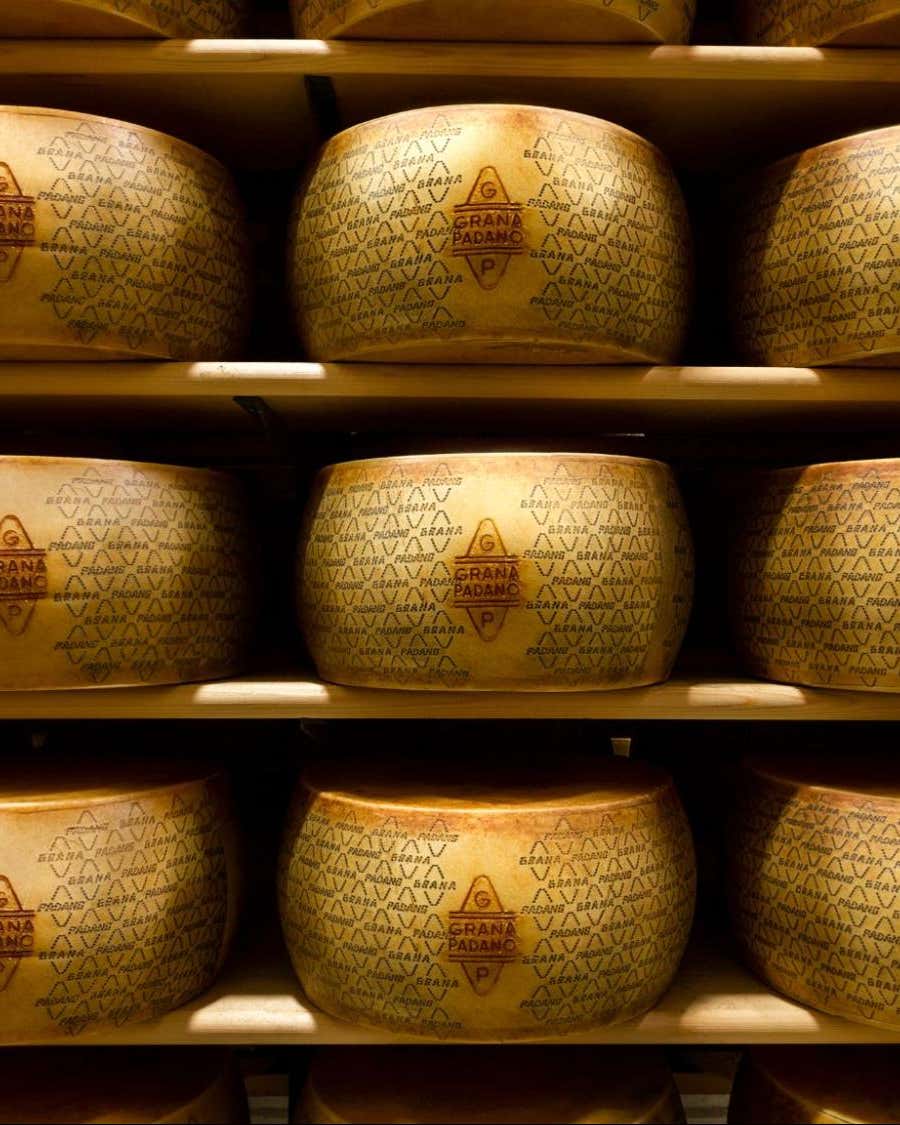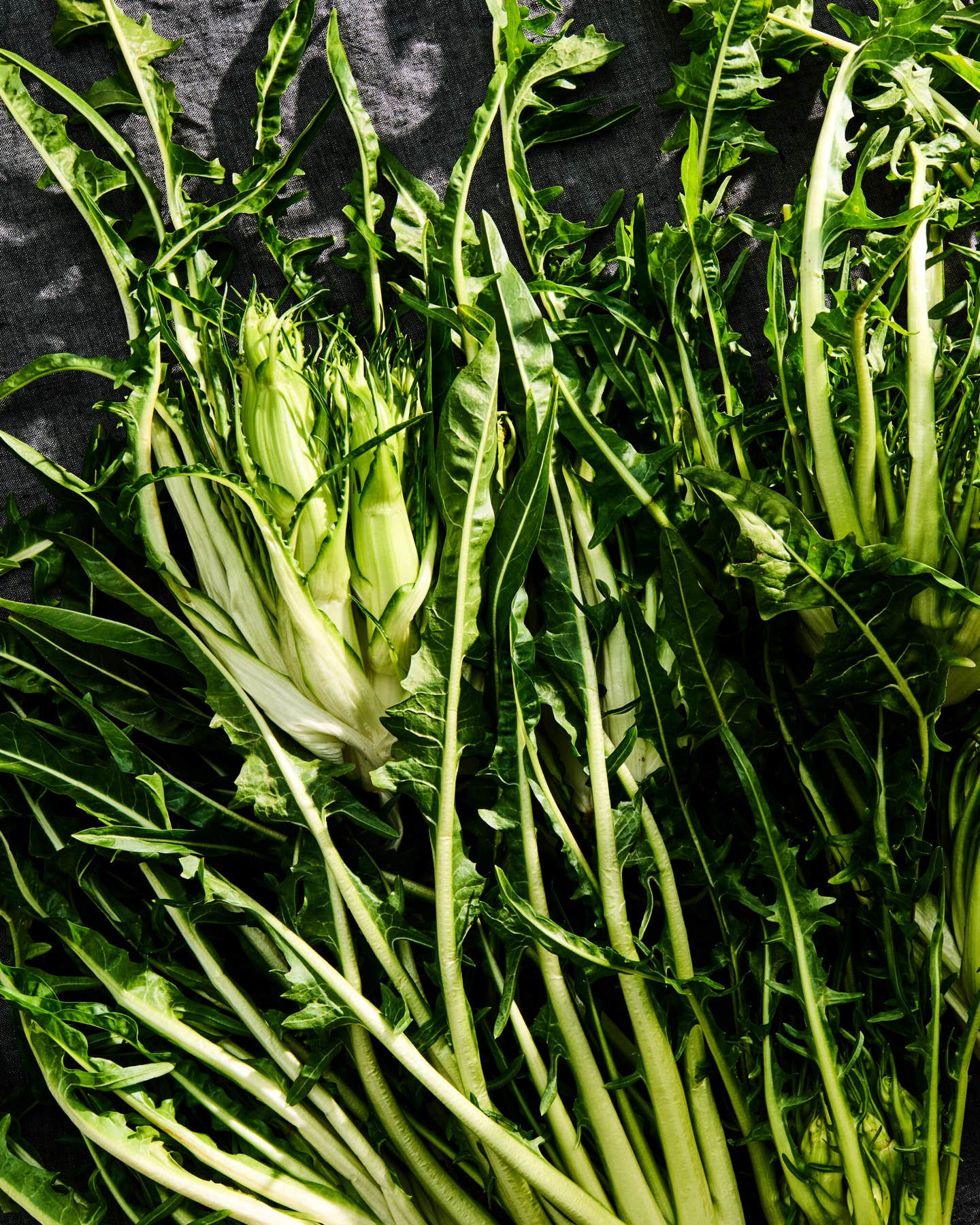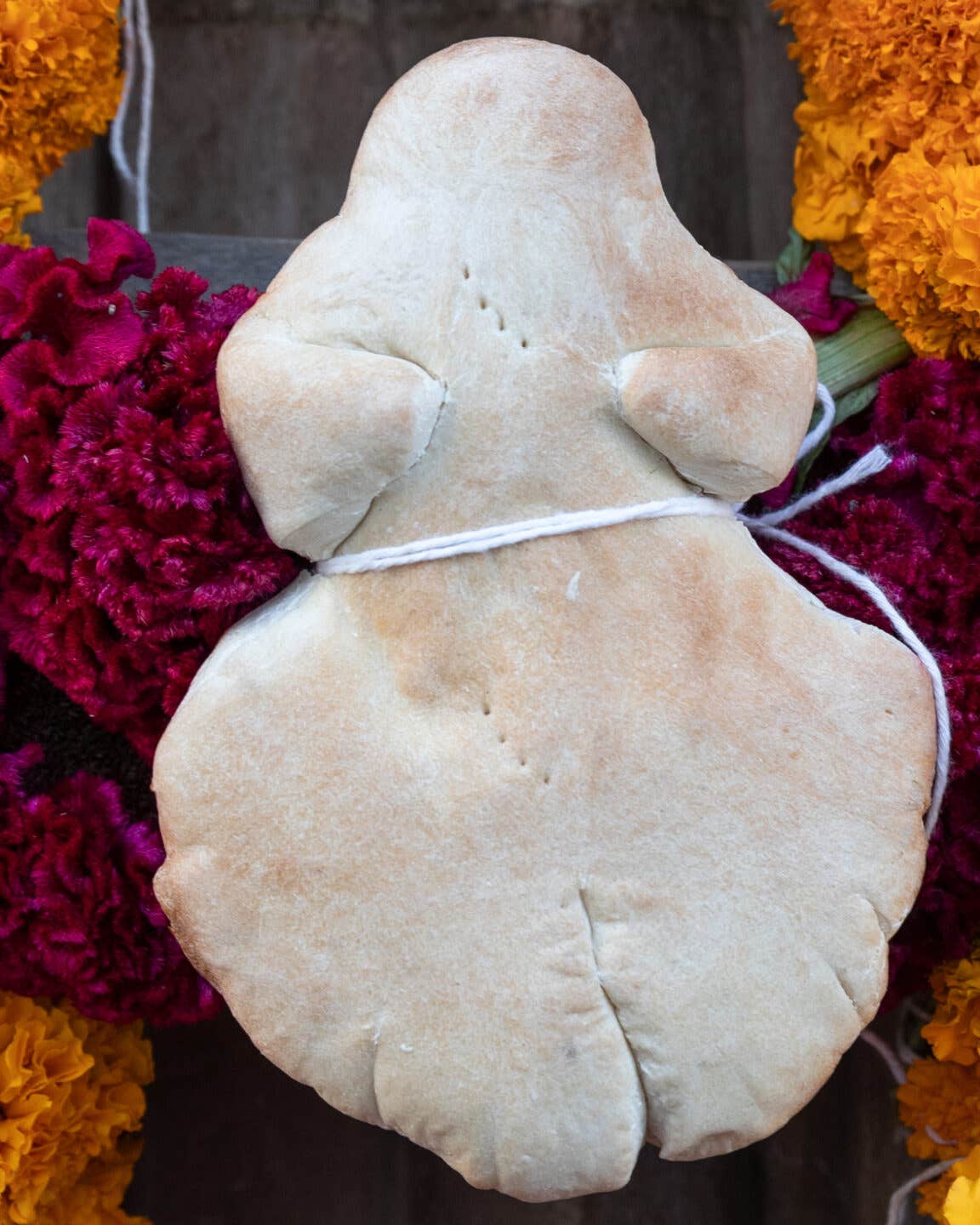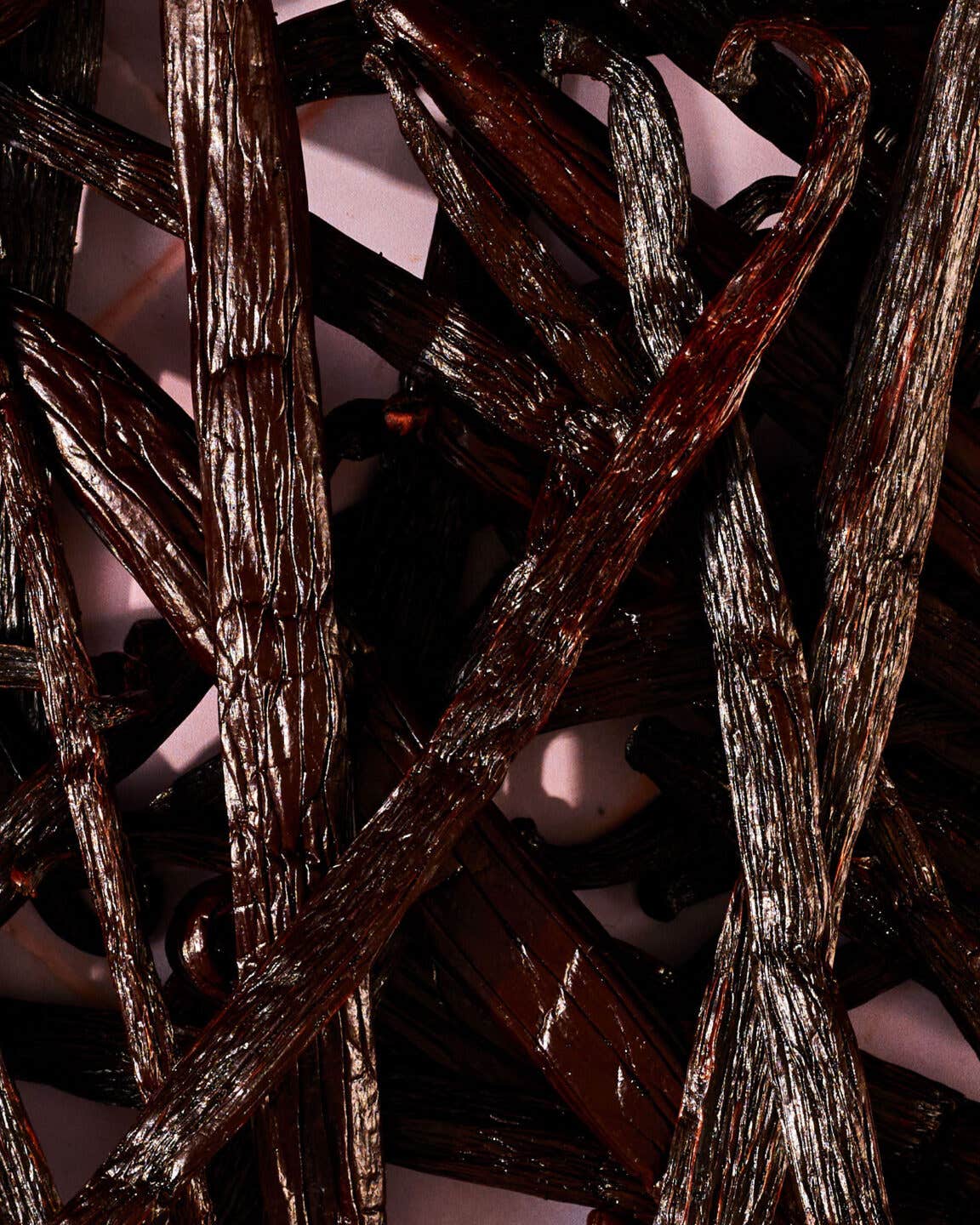
Lament for the Bagel
As flavorings get kinkier and textures puffier, the real thing vanishes, leaving a hole in our lives.
Perhaps the real bagel—the lost prototype, the platonic form, the bagel my grandmother said my mother teethed on—never existed: a palm-size ring beneath whose brittle, shiny crust lies bread of dense, grainy texture, with a taste sweet and bitter at the same time, and a loamy, malty smell that brings to mind Guinness stout, toasted nuts, and the soil from which truffles are dug…. This could all just be one of those false memories people are recovering these days and then finding out aren't memories at all but imagined desires.
The Jewish people have never had a monopoly on breads that, like the bagel, are boiled briefly before being baked. Other examples are found in places like Turkey and the south of France, where lox and cream cheese are unknown. But whether by birth or through conversion, the bagel is as closely linked to Jewish fare as its oven-mates the challah and the bialy (a pale, flat roll said to be named for the Polish city of Bialystok).
Contradictory bagel creation myths abound. One popular story credits an anonymous Austrian, who purportedly commemorated a cavalry charge that saved Austria from the Turks in 1683 by baking for the king of Poland a bread in the shape of a stirrup—Bugel _in German. Then again, the word may derive from _beigen, the Yiddish verb "to bend", or from Bougal, the German noun for "ring". Various authorities claim that the bagel—or its ancestors—was known in Roman times; that it is an offshoot of the pretzel; that it is a cross between two Belorussian breads, baranka and bublik; that it was known in 16th-century Hungary and 17th-century Russia. The Jewish historian and humorist Leo Rosten, who once called the bagel "a doughnut with a college education", thought of it as a delicacy. Poor Jews prized it, he wrote, because, being made from expensive white flour, it was a welcome break from coarse black bread, the peasant staple.
When and how the bagel came to America is equally disputable. In 1818, the American still-life painter Raphaelle Peale included a bun that looks suspiciously bagellike in one of his compositions. But most sources believe the enigmatic bread arrived along with the hundreds of thousands of Eastern European Jewish immigrants who poured into New York and its environs at the end of the 19th century. From Brooklyn to Manhattan's Lower East Side, these immigrants opened food shops and stores of legend, some of which—like Russ & Daughters Appetizers and Yonah Shimmel's Knishes—survive today. By 1907, a bagel bakers' union had formed, with about 300 members. Street vendors hawked bagels from flat baskets or impaled on wooden dowels. Cookbook author Joan Nathan reports that sweatshop workers made a lunch of a plain bagel, with a bit of meat or herring if they could afford it. Flavored bagels—poppy seed, sesame, egg, onion—were slow to make their mark. The sacred and luxurious trinity of bagel culture—bagel, cream cheese, and lox—didn't become possible until 1920, when the Breakstone brothers launched Breakstone's Downsville Cream Cheese. Lox—smoked Nova Scotia salmon—was a common topping, but the three started showing up together on weekend brunch tables only in the 1950s, perhaps as a Jewish echo of the Christian union of bacon, eggs, and pancakes.
My own first recollection of bagels dates back to the same era, to a restaurant and bakery on Manhattan's West Side called the C&L (affectionately known as the Cheap & Lousy), where you took a number, stood in line, and, without having to shoulder the burden of too many choices, simply bought as many plain bagels as you wanted for about a nickel apiece. Or you sat at a table and ordered a platter of bagels, cream cheese, and lox, garnished with a lemon wedge and a few red onion slices and a half-sour dill pickle. You washed it down with seltzer or Dr. Brown's Cream Soda. For me, C&L's bagels are like Swann's madeleines; they evoke a childhood redolent of whitefish and sable, herring and potato knishes, blintzes and cheesecake. No wonder I had to be sent to fat camp.
The bagel's link with New York explains the fact that outlets as far away as the West Coast have names like Manhattan Bagel Company and NYC Bagels. Polish baker Harry Lender built one of the first bagel factories outside of New York in 1927, in New Haven, Connecticut. In 1962, the company he founded developed the first bagel machine and started experimenting with freezing techniques. Bought out by Kraft in 1984 and now owned by Kellogg's, Lender's has become the world's largest bagel manufacturer.
In recent years, bagels have become a genuine food fad, leaving ethnic associations behind. The market has grown so quickly, in fact, that it's now saturated: Most major bagel chains have suffered financial losses over the past year, and the Manhattan Bagel Company, though still expanding, has filed for bankruptcy.
A mass market for bagels, sadly, has meant distortion and diminution of the product. Order a bagel in Sarasota or Sioux City (or buy a package of frozen bagels in the supermarket) and what you'll get is not so much a spin-off of the original as the Antibagel itself: a fluffy pillow of cotton, sometimes as large and round as a softball, with a crust like packaged sandwich bread—a hamburger roll with a hole in the middle. And as if this metamorphosis weren't bad enough, these impostors come in more varieties than doughnuts, flavored not just with pumpernickel or onions but with spinach, blueberries, sun-dried tomatoes, chocolate chips, and jalapeños—and accompanied not by the classic schmear of plain cream cheese but by processed spreads, some of them "lite", flavored with strawberries or "veggies".
Ten years ago, food writer and bagel purist Mimi Sheraton was kvetching about the "obscene" practice of warming or toasting bagels before eating them; now, heaven knows, anything goes. One U.S. outfit with 300 franchises (none in Manhattan) features a dish seemingly designed to break every Jewish dietary law at once: The Manhattan Bagel-Style Bacon & Egg Sandwich (w/Cheese). The virus has apparently spread to other countries as well. Tiring of the traditional strawberries and Devonshire cream at Wimbledon last summer, I came across an establishment not two miles from Centre Court calling itself "Beaux Beigels"—an interesting spelling, perhaps a nod towards the bagel's putative German roots. Or maybe it's just a Cockney's idea of how bagel is pronounced. Beaux's featured offering, at a quid and a half, proved to be an abomination called the Hot Bacon and Mushroom. Bubie, Zeyde, I'm glad you didn't live to see this.
It shouldn't be difficult to make a decent bagel. The ingredients are hardly exotic: yeast, salt, a little sweetening agent like sugar or molasses, and high-gluten flour, rolled out and kneaded until the dough is the right texture. It's formed into circles and—here's where they become bagels—briefly simmered in water, which is what makes the surface shine. When they're relaxed and clean after their nice hot bath, the bagels are baked in (preferably) a gas oven until golden brown. But there are secrets. How stiff do you want that dough? And how sweet? In Canada they use honey, lots of it, which produces a confectionery variation that purists scoff at but others snowshoe across the border to buy. One school of bagel-making eschews salt altogether because it changes the chemistry of the dough, and others swear by malt for its conditioning properties. Do you form the circle by rolling the dough into a ball and punching a hole in it, or by rolling it into a rope and making the ends meet? Can the dough be successfully rolled by a machine (as it is in large commercial kitchens), or is it the imprint of the human palm that made the bagels of 40 years ago so ineffably induplicatable? Do you add anything to the water in which you boil the dough, or do you—as some distant bakeries claim to do—import New York City tap water by the carload for the purpose? Do you brush the surface with egg wash, or milk, or some exotic formula handed down from your great-uncle in Minsk, or nothing at all? I decided to try to locate the ultimate bagel—or at least the closest I could get.
Among New Yorkers of my generation, it is axiomatic that the bagels we grew up with simply don't exist anymore, though there are palatable substitutes. However, everyone has a personal favorite; loyalties blaze fiercely when the virtues of this or that bakery, deli, or grocery are debated weekly. But all the evidence is anecdotal, so I decided to put the various candidates to a test. Gathering bagels from eight bakeries in areas of Manhattan where Jewish cultural tastes were centered—Delancey Street, the West Village, the Upper West Side, Yorkville, Midtown—I invited eight friends for a tasting of plain bagels, untoasted, with no butter, cream cheese, or other spreads that might have concealed or distorted flavors. Our reactions to the first seven samples were neither unpredictable nor surprising.
Then we found heaven with a hole: the example from Motty's Bagels, a tiny store on Essex Street in lower Manhattan—a last bastion of the Old Country in a neighborhood increasingly populated by a vibrant mix of Chinese and Hispanic immigrants and young hipsters. Motty's bagel was an evocation of my beloved C&L. Among the smallest of those bagels sampled, it was also one of the chewiest, a crispy golden ring of uniform shape, its glossy crust flecked with tiny bubbles. One taste and we all knew that this is as good as it gets. And how did it get that good? Motty Blumenthal (Brooklyn College, '72), who looks more old-world than he is, says there are no secret ingredients. "Every bagel is made the same," he claims. "But you take care. You watch." And of course, you use the very best ingredients; and everything is certified strictly kosher—the flour, the yeast, the oil, "even the machinery". Blumenthal has lived long enough to witness the decline of the American bagel with dismay. Today's air-pillow-with-a-hole, he says, is popular with the larger franchises solely because it lends itself to sandwich-making. But as if to underscore the fleeting nature of the perfect bagel, we learned at press time that Motty's had just been acquired by Kossar's, a bialy-making Lower East Side neighbor. They promise to keep using Motty's recipe—we'll see.
Meanwhile, the sale of Motty's made it seem all the more urgent for the saveur kitchen to perfect a homemade bagel recipe. Braving both conventional wisdom ("You can't make bagels at home") and skepticism (including mine), the kitchen created a bagel that rivals the best commercial products, and can be reproduced at home with surprising ease. The secrets: mixing wheat gluten with the flour until the two are inseparable; using plenty of barley malt syrup, both in the dough itself and in the water in which it bathes; and proofing the dough (giving it a ten-hour nap) in the refrigerator to keep it from pillowing up. Hey Grandma, wake up and look what I baked!
Keep Reading
Continue to Next Story










